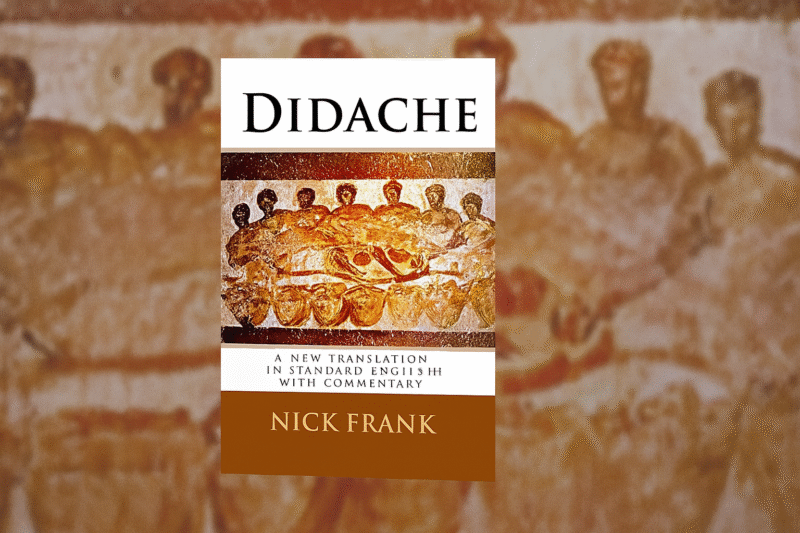
This is a review of The Didache, also known as The Teaching of the Twelve Apostles, as translated by Kirsopp Lake. Originally published in 1912 by William Heinemann Ltd. in London as part of the Apostolic Fathers collection in the Loeb Classical Library, this version was re-released in 2017 in both paperback and eBook formats by CrossReach Publications.
A Publisher’s Introduction and Photographic Facsimile
The book opens with an introduction from the publisher that is worth reading for background and context. Notably, the text is presented through a photographic facsimile provided by Dr. Rendel Harris. Any corrections—though there are few—are indicated in the footnotes. These notes also include occasional commentary from either the publisher or Kirsopp Lake.
A Readable and Faithful Translation
This is an easy and approachable translation of The Didache, suitable for anyone interested in early Christian writings. Kirsopp Lake is known for his literal approach to translation, and this edition reflects that style. The typeface is large and clear—possibly 14 or 15 point font—making it comfortable to read. Kirsopp Lake (1872 – 1946) is a faithful translator and was an English New Testament scholar, Church historian, Greek palaeographer, and Winn Professor of Ecclesiastical History at Harvard Divinity School.
Why the Didache Matters
The Didache is an important piece of church history. Though it may not have been written directly by the Apostles, it reflects the early church’s structure, lifestyle, and worship as shaped by apostolic teaching. The text frequently references the Gospel of Matthew and treats it as authoritative.
More than just a historical document or apologetic, The Didache offers a vision of pure and simple worship. Likely written in the early first century (possibly even earlier), it begins with the “Two Ways” teaching—a moral instruction probably given to catechumens before baptism (p. 7). From there, it offers concise guidance on Christian worship, including: baptism practices, fasting, the Lord’s Table, discernment and community ethics, hospitality toward traveling apostles and preachers, Sunday worship, church leadership, eschatological hope, and more.
The Lord’s Prayer in the Early Church
I read The Didache for many reasons, but especially because of its emphasis on the Lord’s Prayer and early church liturgical practice. For my Doctor of Ministry journey at Kairos University, I have continued to research the Lord’s Prayer. This communal prayer was central to every gathering of early believers. Followers of Jesus were encouraged to pray it three times daily, and it formed a key part of the Lord’s Table and broader spiritual life. For the early church, this wasn’t just a prayer—it was a way of life.
Final Thoughts
If you’re interested in the church’s early understanding of the Lord’s Prayer, ancient worship practices, or want to dive deeper into The Didache, this is a faithful and accessible translation. Kirsopp Lake’s version remains a valuable resource for both study and devotion.



